By Randy Holt
When Sandor Clegane came striding up to Winterfell as part of Robert Baratheon’s company, he didn’t stand out as much more than a brutish secondary character, whether in the context of A Song of Ice and Fire or Game of Thrones. Yet, seven seasons later, the death and desolation that has caused the amount of focal characters to dwindle has allowed The Hound to emerge as one of the more fascinating characters remaining in GoT. This is true to the point of Clegane serving as the prototypical anti-hero, as far as that archetype is concerned.
In terms of the presentation of the archetypal anti-hero, it requires a character who maintains a level of ambiguity in terms of morals, but does tend to live by some sort of behavioral code. Rather than being motivated by a higher purpose or calling, as in the case of the “hero”, the anti-hero tends to reflect the more animalistic side of human nature. At the foundation of it all is survival, which almost no one showcases more than Clegane (in addition to his incessant desire for chicken).
At the heart of it all, there are good intentions, even if those intentions are shrouded in murder, profanity, and constant brooding. Of course, the humor element often serves as a supplement to the archetypal anti-hero as well, something that has become more of a mainstay in relation to The Hound’s character as the series has worn on. So there are heroic deeds in there, but they’re buried under violence and tragedy, as is the case with Sandor Clegane.
Clegane’s presentation has required significant development, especially after his initial depiction as a potential antagonist, or direct threat to those fighting for good in Westeros. Upon his arrival in Winterfell, Clegane stirs up some trouble by merely intimidating young Sansa Stark by virtue of his ghastly appearance alone and executes Arya Stark’s friend Mycah, “the butcher’s boy” who unfortunately had crossed Joffrey.
From there, The Hound continues to demonstrate antagonistically-charged elements, sitting menacingly on the other side of Ned Stark’s failed pursuit against Cersei Lannister and as a constantly threatening presence looming over Sansa. Yet, in all of that, there’s a gentle element to Clegane with her, as even with King Joffrey hurling demands his way in forcing Sansa to do things as simple as change her clothes and demonstrating abuse toward his betrothed, The Hound encourages her to take a path of least resistance and wipes blood from her face. This becomes a regular occurrence that graduates to a more significant rescue as a rioting crowd came after Sansa in Episode 6 of Season 2. He physically removes her from the setting, in what serves as the culmination of his visible compassion toward Sansa.
There is one exception within this time in which Clegane tries to compensate for a potential soft emotional interior, of course, coming when he comes to the aid of Loras Tyrell at the Tournament of the Hand. Clegane successfully intervenes when his brother The Mountain attempted to end Loras’ life. The Hound is declared tournament champion by Loras, representing an early bit of redemption for Clegane.
There’s also an interesting element throughout this time, which is that of self-deprecation. Clegane constantly refers to himself as no more than the “king’s dog” and renounces any sort of title, whether that of ser or even generally being referred to as a knight. This, perhaps, serves as something of an indicator of that moral or behavioral code that exists even beyond The Hound’s brutal deeds. If nothing else, there’s certainly an element of existing, at least within his own mind, above those heinous actions that he commits early in the story’s plot.
It’s during The Hound’s odyssey with Arya that the transformation from early antagonist to an archetype more similar to that of the anti-hero begins to take shape. After their “reuniting” after both being taken by the Brotherhood Without Banners, The Hound “kidnaps” Arya in order to turn her in for ransom. It’s a malicious action, to be sure, but despite its status as just that, it allows for Clegane’s character to continue its evolution.
The journey with Arya paints The Hound as far less menacing than we’re led to believe. Not only does he tend to demonstrate a soft spot for his young traveling companion, but some semblance of a code is alluded to through this exchange from the Season 4 premiere, “Two Swords.”
Sandor: “I’m not a thief.”
Arya: “You’re fine with murdering little boys, but thieving is beneath you?”
Sandor: “A man’s got to have a code.”
The code element here absolutely lends itself to the idea of the anti-hero, even if it is a direct reference to The Wire. Despite being a figure who relentlessly kills anyone who gets in his way, there’s some order that Clegane follows. Which is something that is largely reflected throughout. The instances of him killing have largely been on the orders of others or for his own preservation.
He’s not a cold-blooded murderer in any sense, despite his early depiction. His encounters throughout his voyage with Arya that feature violence include it only out of necessity, whether for food or protection. Even the murder of the farmer and subsequent abandoning of his daughter is rationalized by The Hound as a sort of mercy killing. In his own mind, he and Arya had use for their money and their goods. The farmer and his daughter did not.
Their encounter with Brienne of Tarth and Podrick lend themselves to another element of Clegane’s inevitable journey toward establishing himself as the anti-hero. Upon their collision, Clegane insists on keeping Arya for ransom, but it’s almost undeniable that there’s an element of affection and respect both ways, even if disguised in contempt. After The Hound falls against Brienne, not only does Arya refuse to mercifully end his life (as she’d removed him from her list at that point), but even after Clegane yells obscenities her way to try and entice her to do so, it’s still only out of an effort to end his own tragic life. If The Hound were the antagonist which he was originally introduced and portrayed as, the level of sympathy from readers and watchers alike would not have been as significant as it was when we thought we saw him for the last time in the final episode of Season 4.
It’s within Sandor Clegane’s resurrection of sorts that begins the final phase of his transition toward the anti-hero. A visibly reformed man trying to lead a peaceful life after such a violent history, it isn’t until the villagers with which he’s building a sept are killed by members of the Brotherhood that we see The Hound revert towards those violent tendencies. And even then, after the death of Brother Ray, who serves as the individual to help revive him, there’s a certain level of reluctance in wanting to do so. But even here, this instance of violence is spurred in a revenge effort, rather than cold-blooded tendencies that we would’ve initially believed The Hound to possess.
Which brings us to the most recent material presented in Game of Thrones. With the books having worn out their material, his development as the anti-hero has continued on in the show.
Perhaps at no point was Clegane’s development more evident than when he and the Brotherhood came upon the homestead at which he killed the farmer and left his daughter to die alongside him. His return there is met with visible remorse as he buried what remained of the bodies. An individual who killed out of spite or greed would represent a true villain, rather than what The Hound actually represents: the anti-hero. His willingness to go along to Eastwatch beyond The Wall indicates a change in Clegane toward serving a legitimate purpose, rather than just wallowing around in self-hatred and contempt for the world around him.
If we’re talking about the anti-hero archetype and the elements that it entails, then The Hound fits the bill above virtually any others in A Song of Ice and Fire and in Game of Thrones. There are brutally violent elements. There are unimaginable crimes committed. But those actions which Clegane undergoes lend themselves to the darker side of humanity: those more animalistic tendencies. He’s preserving himself in a way that he legitimately believes in; he’s protected those who are worth protecting and killed those who are worth killing. Only recently has he begun to demonstrate some serving of a larger purpose, as his vision of Eastwatch could indicate something of a reliance on the Lord of Light in the future. There’s an inherently cynical view of himself and the world, but it serves as a heavy exterior of his entire character more than anything. In his heart, there’s a hint of good intentions and a desire to overcome his horrible past. And, of course, there’s the element of humor that he’s provided more consistently as the books and the television seasons have worn on.
It certainly stands without question that we still have more development to witness in regard to Sandor Clegane. It’s even possible that he could gradually take more steps toward a more “heroic” archetype, as he continues to fulfill a larger purpose. The growth he’s experienced at this point, though, has been extraordinary and serves as a legitimate representation of what the archetypal anti-hero is expected to be.
Randy Holt is an AP Literature Teacher in Phoenix, AZ whose brain is constantly in peril over whether or not Tyrion Lannister is actually a Targaryen. A long-time die-hard, Randy has only begun to dabble on the writing side of Game of Thrones lore, despite a wealth of writing experience in the internet’s baseball division.
The post Sandor Clegane: The Anti-Hero Game of Thrones Deserves appeared first on Watchers on the Wall.
Via http://watchersonthewall.com
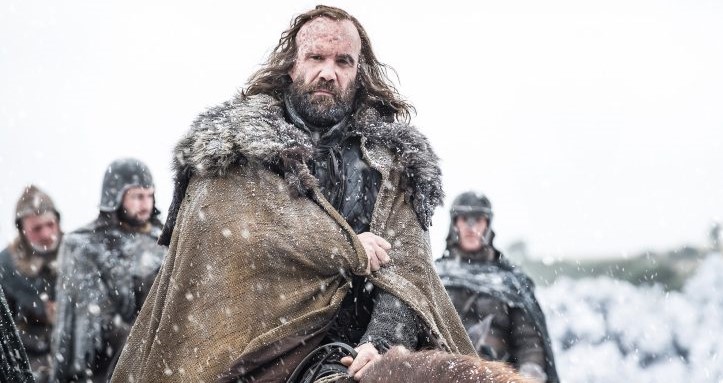
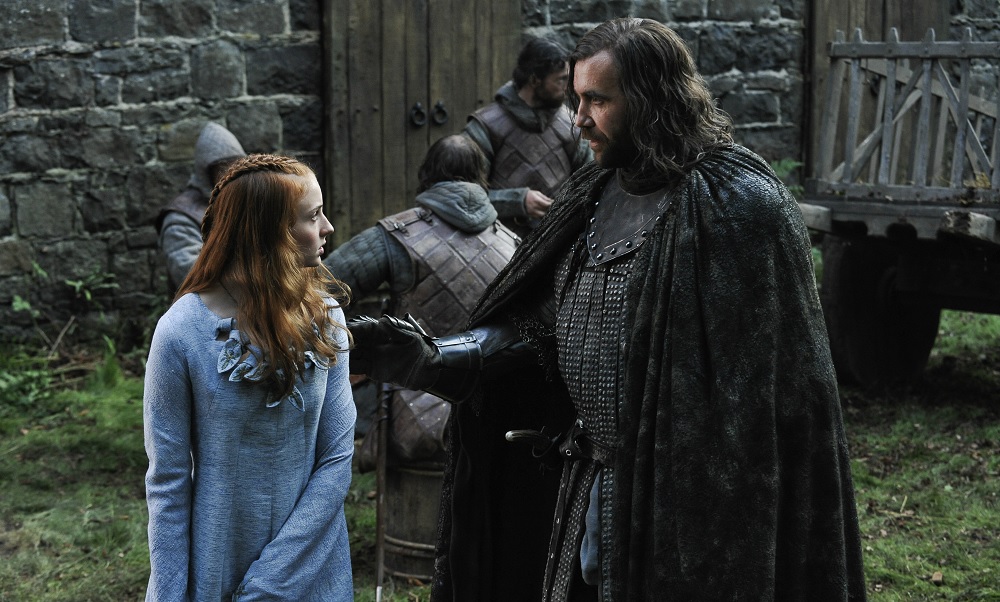
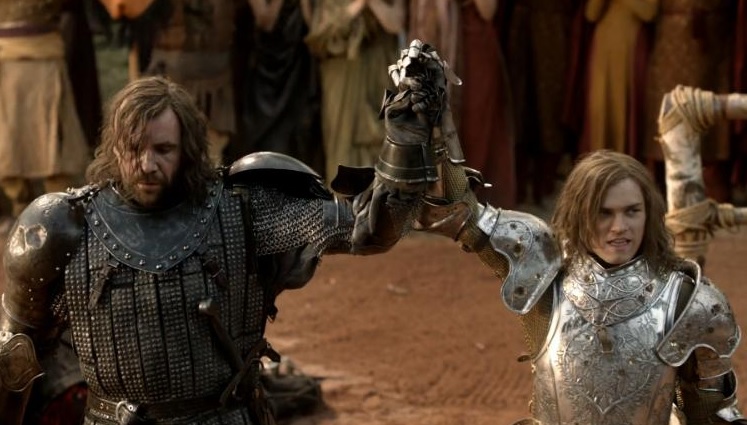
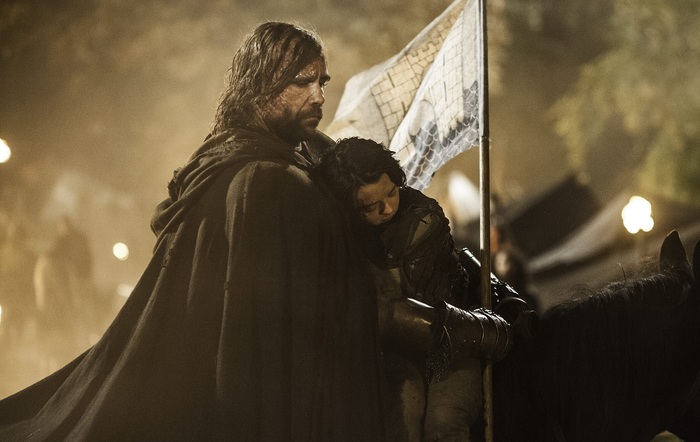
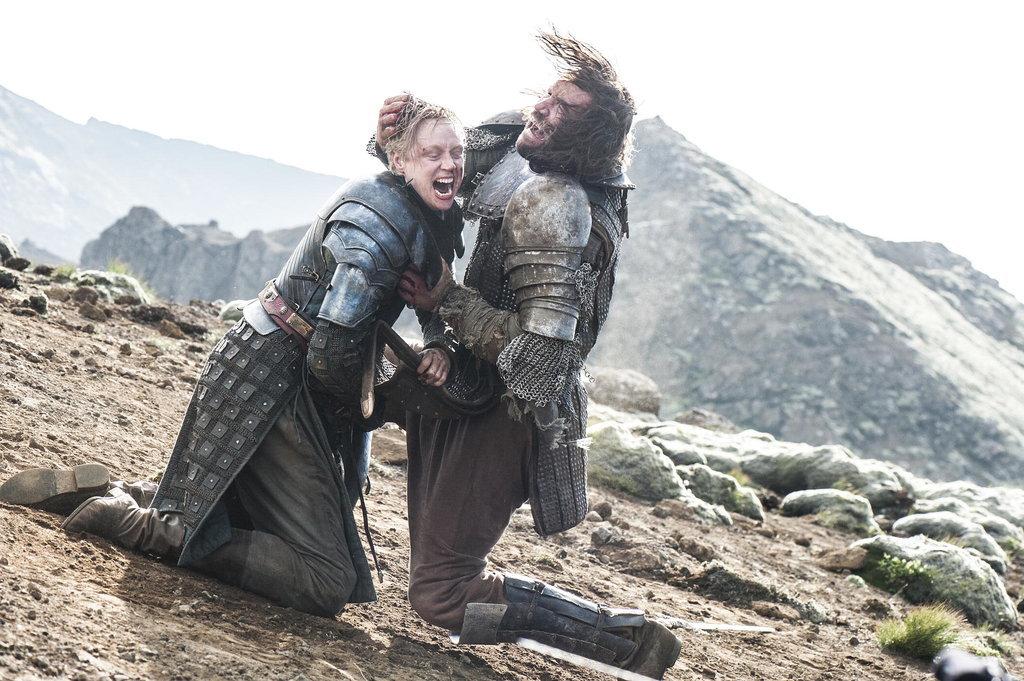
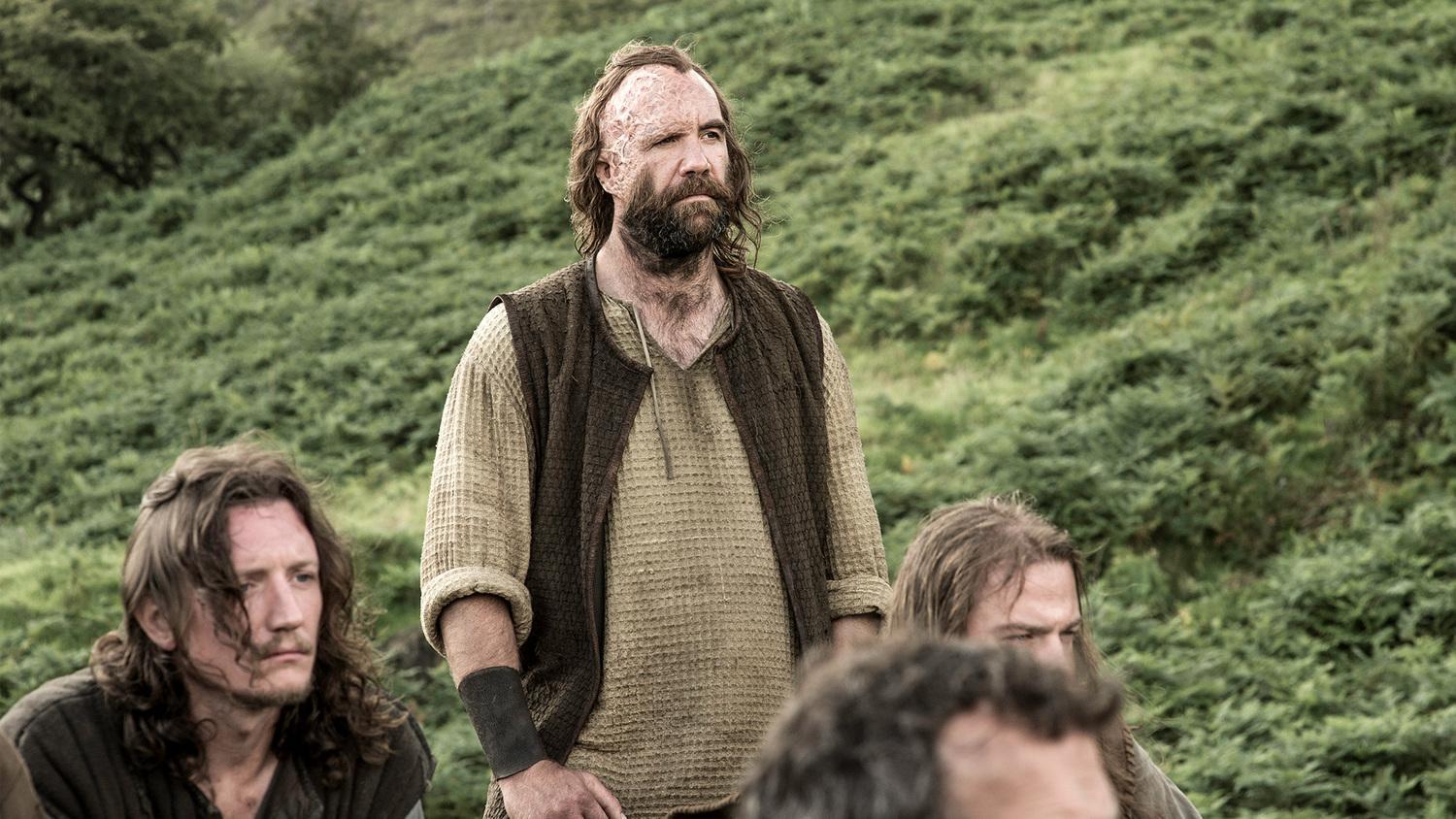
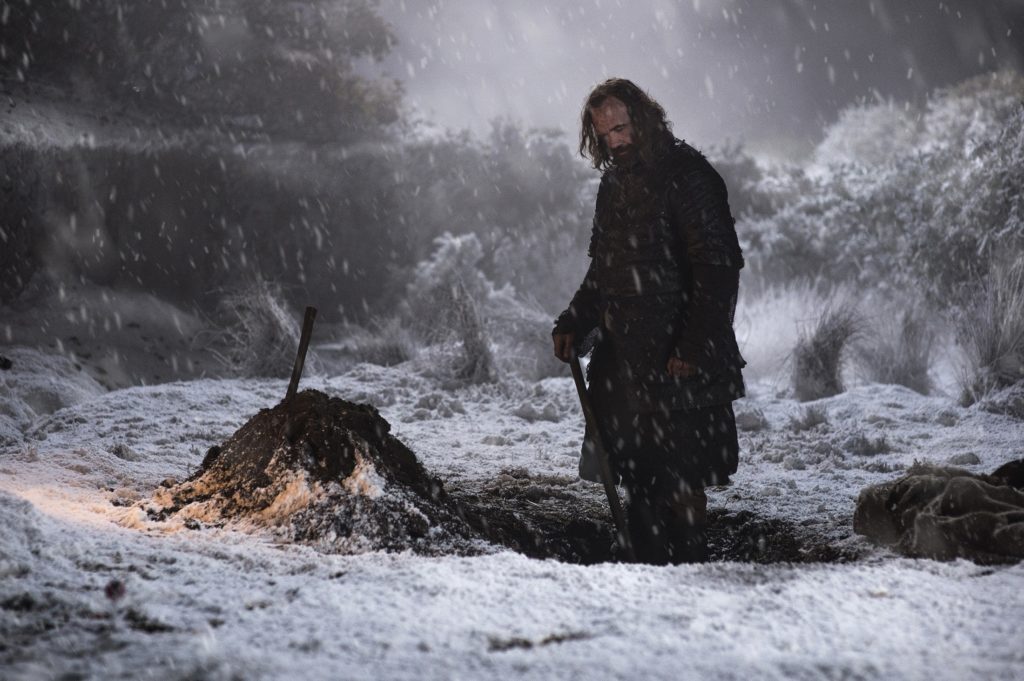
No comments:
Post a Comment